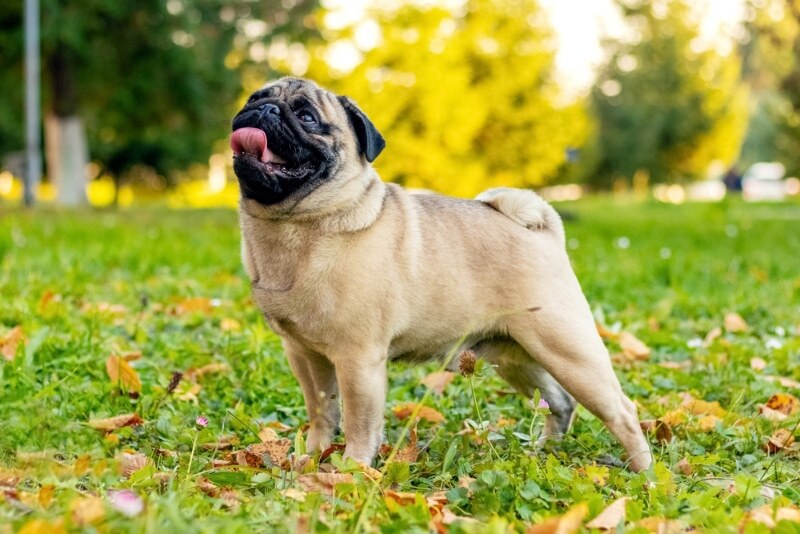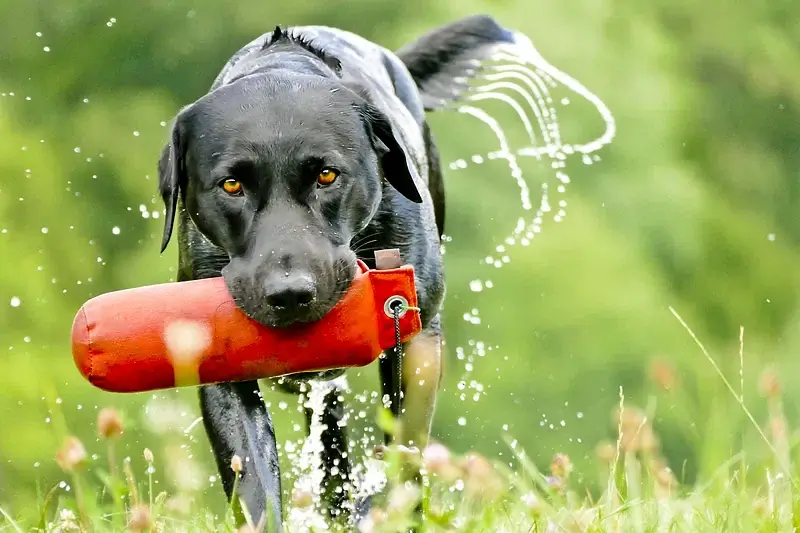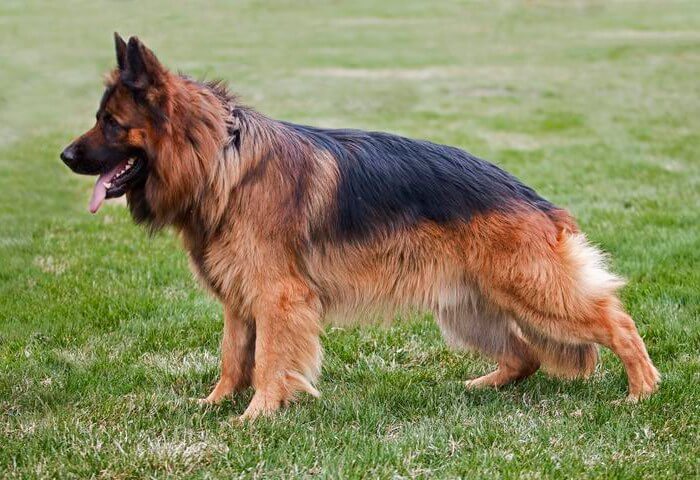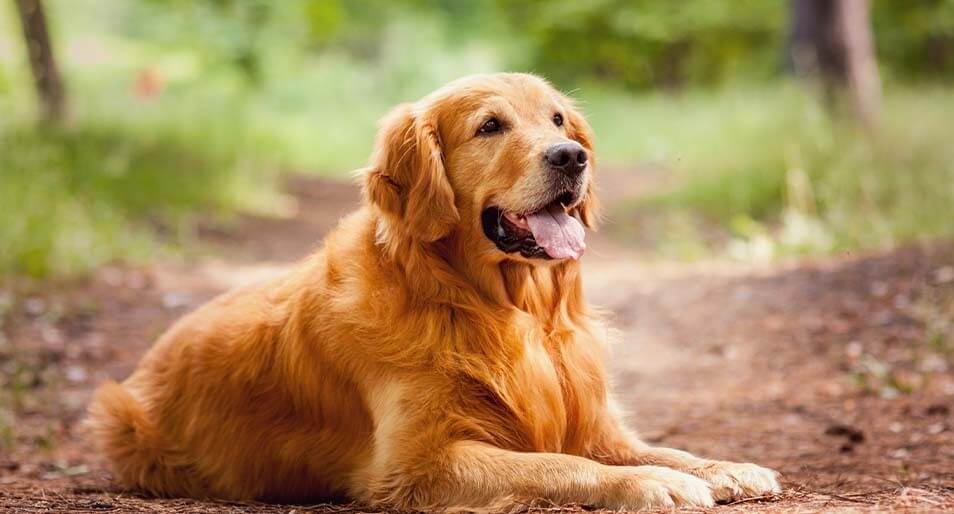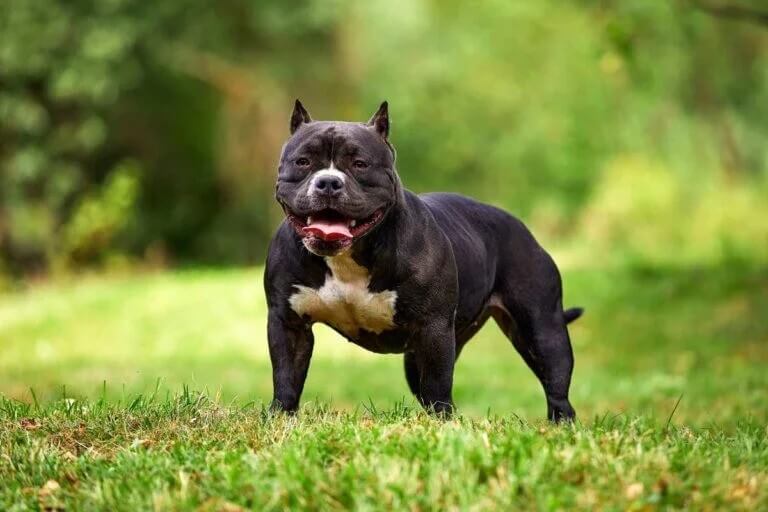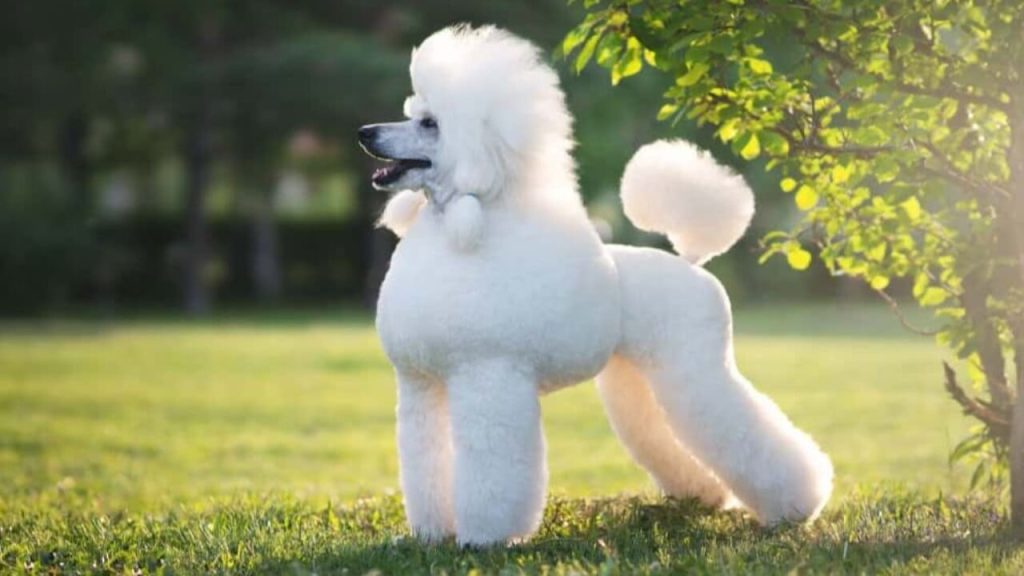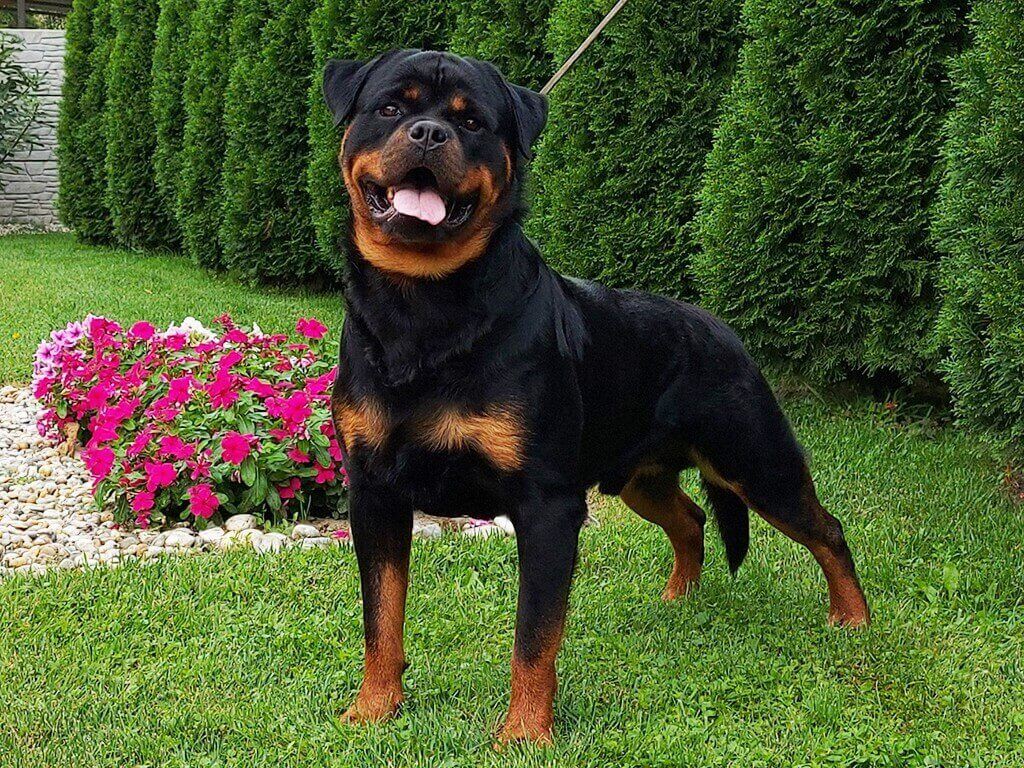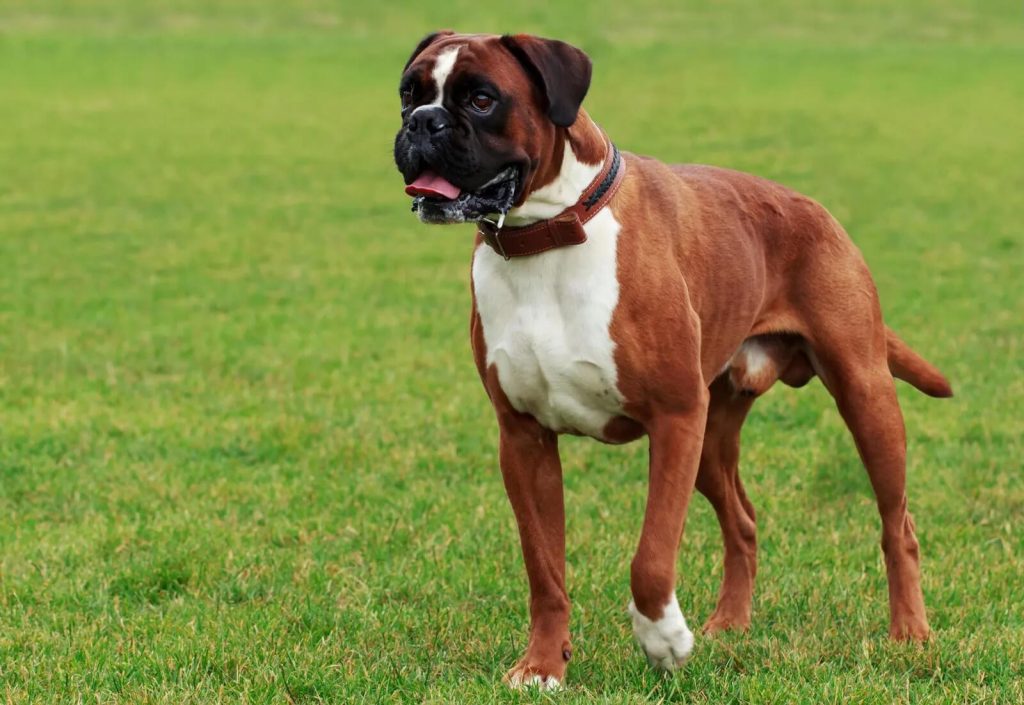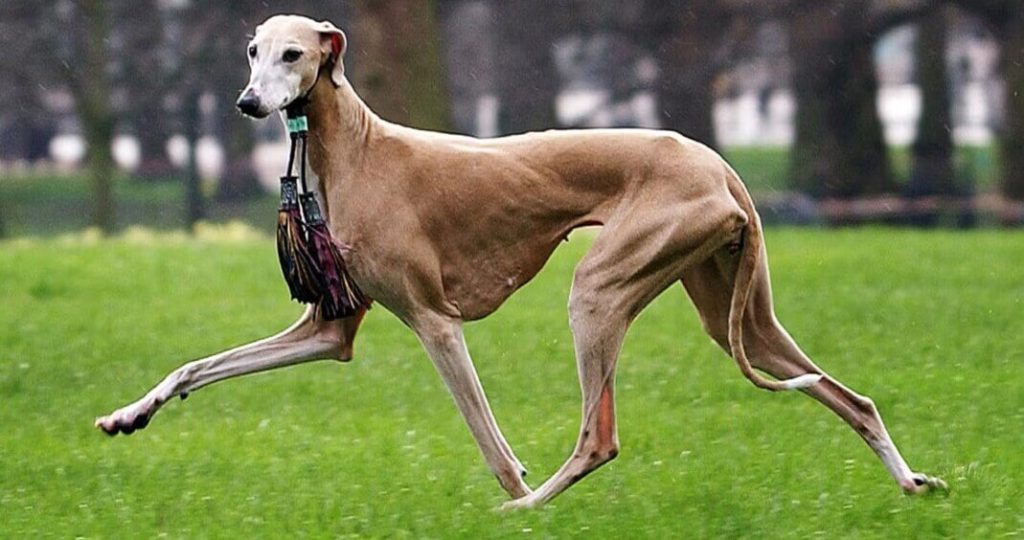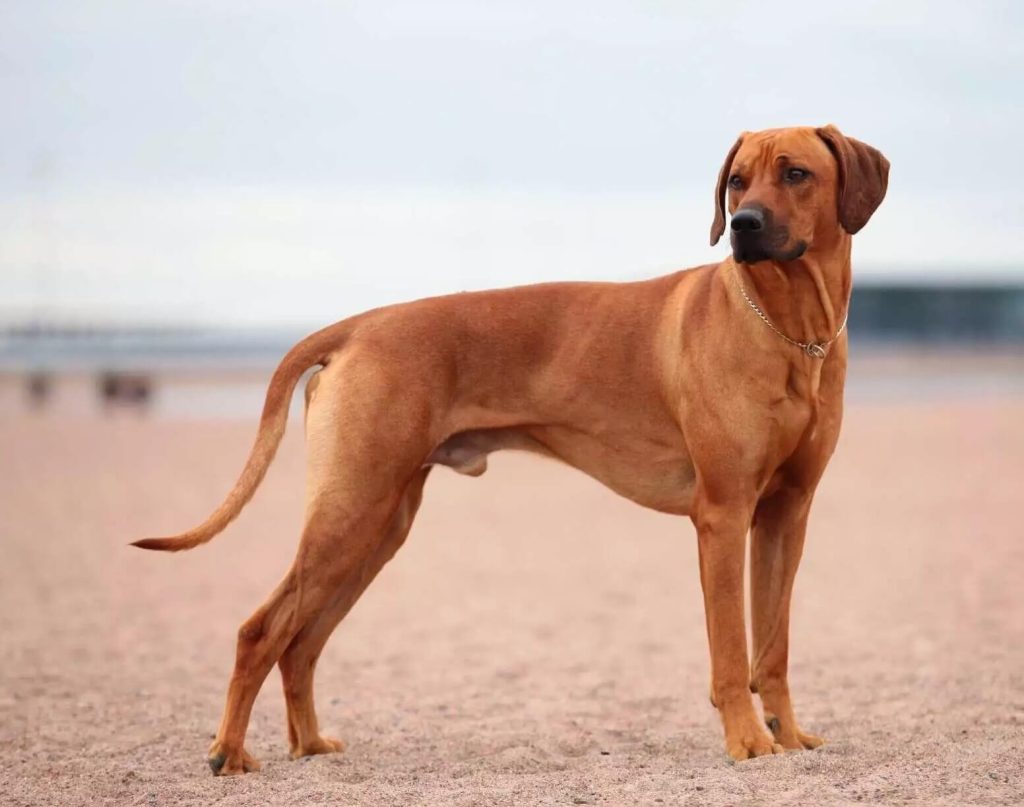🐾 Pug – The Playful and Affectionate Companion Dog
🐶 What is a Pug?
The Pug is a small yet sturdy dog breed renowned for its distinctive wrinkled face, curled tail, and irresistibly charming personality. Pugs are affectionate, playful, and thrive on human companionship. Their cheerful nature and funny expressions make them popular family pets worldwide.
📜 History and Origin
Pugs originated in ancient China over 2,000 years ago. They were bred to be royal lapdogs and were cherished by Chinese emperors. Eventually, they made their way to Europe, where they became favored by nobles and even featured in royal paintings.
🧬 Physical Characteristics
- Height: 10–13 inches
- Weight: 14–18 pounds
- Coat: Short and smooth
- Colors: Fawn, black, apricot, silver
Pugs have a compact body, big round eyes, and a signature curled tail. Their expressive face and snorting sounds make them especially endearing.
🧠 Temperament and Personality
Pugs are charming, sociable, and playful. They are known as “shadows” because they love to be near their humans at all times. They get along well with children, other pets, and strangers.
- Great family dog
- Funny and entertaining
- Adaptable to both houses and apartments
🏃♀️ Exercise Needs
Though small, Pugs still need daily activity to stay healthy and avoid obesity. Light walks, short play sessions, and indoor games are ideal.
- 2 short walks per day
- Interactive toys to keep them mentally engaged
- Avoid strenuous activity in hot weather
🎯 Training and Socialization
Pugs are intelligent but can be a bit stubborn. They respond well to positive reinforcement and gentle, consistent training. Socializing early helps prevent any timidness or barking tendencies.
🥗 Health and Diet
Pugs are prone to weight gain, so feed a balanced, portion-controlled diet. Due to their short snouts, they may have breathing issues and should be monitored in hot or humid weather.
- Common Health Concerns: Brachycephalic syndrome, obesity, skin infections, eye issues
- Diet Tip: Choose food for small breeds and avoid table scraps
🛁 Grooming Tips
Pugs have short coats but shed quite a bit. Regular brushing helps minimize loose hair. Clean the folds of their face and keep their ears and nails in check.
- Brush 2–3 times per week
- Wipe facial wrinkles daily
- Trim nails and clean ears regularly
👨👩👧👦 Pugs as Family Dogs
Pugs are affectionate companions and get along with everyone – kids, seniors, singles, and other pets. Their calm and loving nature makes them ideal for apartment living and urban lifestyles.
🌟 Fun Facts About Pugs
- Pugs were the official dog of the House of Orange in the Netherlands.
- They snore and grunt – it’s part of their charm!
- Their Latin motto, “Multum in Parvo,” means “A lot in a little.”
- Napoleon’s wife, Josephine, had a pug named “Fortune.”
❓ FAQs About Pugs
Q1: Do Pugs bark a lot?
A: Pugs are not excessive barkers but may alert you to strangers or boredom.
Q2: Can Pugs stay alone for long periods?
A: No, they crave companionship and can get anxious when left alone too long.
Q3: Are Pugs good with kids?
A: Yes! They are gentle, playful, and patient with children.
Q4: How long do Pugs live?
A: With proper care, Pugs live 12–15 years on average.
✅ Final Thoughts
The Pug is a little dog with a big heart. With their expressive faces, loving nature, and entertaining personalities, Pugs make excellent companions for all kinds of families. They’re easy to love and hard to resist – a true bundle of joy wrapped in a small, snorting package.
🐾 Pug for Sale
The Pug is a charming and affectionate companion dog known for its wrinkled face, curly tail, and lovable personality. With their small size and big heart, Pugs are ideal for families, singles, and seniors alike. They’re playful, loyal, and adapt well to apartment living or homes with children and other pets. If you’re looking to welcome this delightful breed into your life, explore Pug listings from trusted websites in various countries below.
- Pug for Sale in Australia
- Pug for Sale in Bangladesh
- Pug for Sale in Canada
- Pug for Sale in New Zealand
- Pug for Sale in the United Arab Emirates
- Pug for Sale in the United States
- Pug for Sale in India
- Pug for Sale in Indonesia
- Pug for Sale in Italy
- Pug for Sale in Germany
- Pug for Sale in France
- Pug for Sale in Nigeria
- Pug for Sale in Pakistan
- Pug for Sale in the Philippines
- Pug for Sale in South Africa
- Pug for Sale in Saudi Arabia
- Pug for Sale in Malaysia
- Pug for Sale in Spain
- Pug for Sale in The United Kingdom
- Pug for Sale in Turkey
